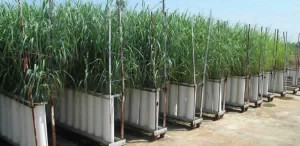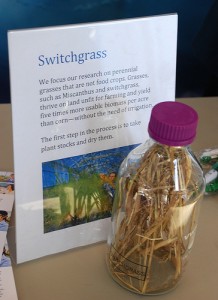 Direct conversion of switchgrass into ethanol normally requires expensive treatment with enzymes. In this process, the enzymes in the pre-treatment break down the cellulose fibers into fermentable material. However, researchers from the Georgia University in Athens have discovered a microbe called Caldicellulosiruptor bescii that is capable of converting biomass cellulose into sugars as well as sugars into ethanol for fuel purposes.
Direct conversion of switchgrass into ethanol normally requires expensive treatment with enzymes. In this process, the enzymes in the pre-treatment break down the cellulose fibers into fermentable material. However, researchers from the Georgia University in Athens have discovered a microbe called Caldicellulosiruptor bescii that is capable of converting biomass cellulose into sugars as well as sugars into ethanol for fuel purposes.
The process is quite similar to how microbes transform barley into beer and grapes into wine. Ethanol can now be easily produced by grinding the switchgrass with the addition of minimal salts. The process is not only economically feasible but also relatively easy to produce.
To date, experiments by the researchers have demonstrated that Caldicellulosiruptor bescii can convert switchgrass to products that consists of 70% ethanol. This breakthrough has enabled the researchers to produce other fuels such as isobutanol and butanol using the same method.



